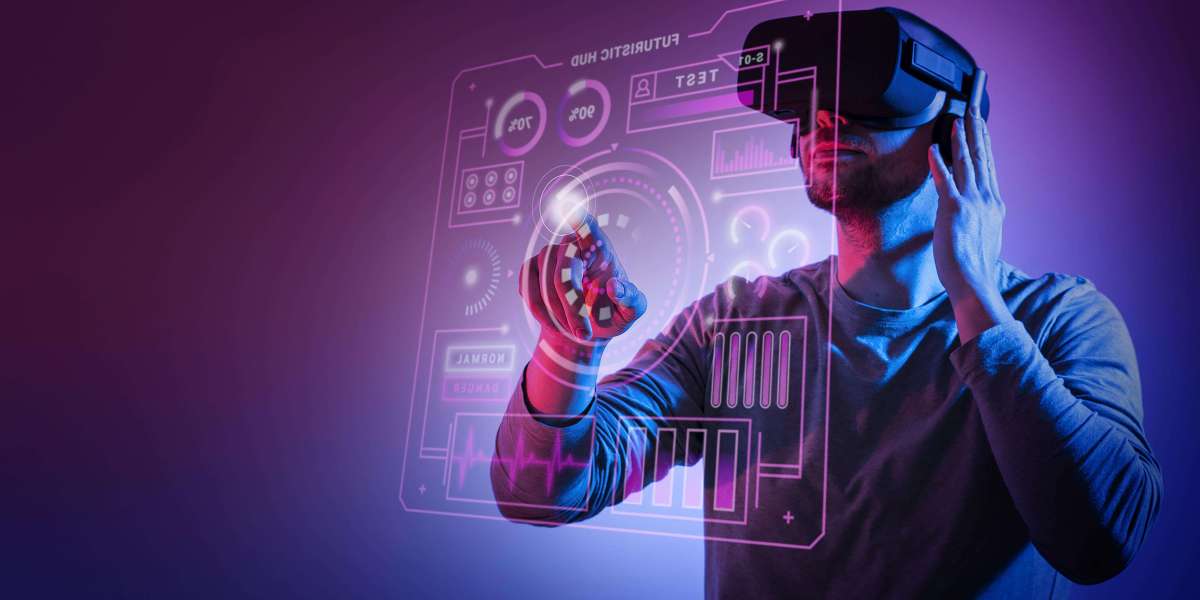Architecture and design have come a long way over the centuries, with styles constantly evolving to reflect new ideas, technologies, and cultural influences. In recent decades, rapid advancements in audio visual technology have opened up new possibilities for architects and designers. Technologies like screens, projectors, lighting, sound systems, and more have become increasingly integrated into buildings and spaces. This convergence of technology and built environments has transformed how we experience and interact with the spaces we occupy. In this blog post, we will explore some of the key ways audio visual technology has influenced architecture and design.
Heads up Displays and Digital Signage
One of the earliest and most widespread adoption of AV technology in architecture has been digital signage. Buildings now routinely feature screens both inside and out to provide wayfinding, messaging, advertising and more. From directories and maps in airports, malls and offices to outdoor menu boards and billboards, digital displays have become an ubiquitous part of our built environments.
AV technology has also enabled new kinds of interactive and immersive display experiences. Heads up displays (HUDs) allow digital information to be overlaid directly onto real world views through visors or smart glasses. Combined with sensor inputs, HUDs open up possibilities for augmented reality navigation assistance, maintenance troubleshooting, and more industrial/commercial applications. Some designers are also exploring architectural HUD concepts like projecting visualizations of building information like energy use directly onto facades.
Programming Environments with Lighting and Projection
Lighting and projection mapping capabilities have empowered architects and artists to programmatically transform spaces and structures into dynamic audio visual canvases. Iconic buildings like the Sydney Opera House and Empire State Building are routinely illuminated and animated with projected content for holidays and special events. Interior spaces are also being designed for multipurpose reconfiguration through adjustable and digitally controlled lighting.
Convention and performance venues in particular have embraced immersive projection techniques to immerse audiences. Imersive theatre experiences blur the line between physical and digital using lighting, projection, sound and special effects. Music festivals and nightclubs also incorporate elaborate projection-mapped stage designs, transformable interiors and interactive audience experiences enabled by spatial tracking technologies. The integration of sophisticated AV systems allows architectural spaces to take on new dynamic identities and functions.
The Internet of Interactive Spaces
The proliferation of networked sensors, displays and integrated computing hardware is allowing buildings and public spaces to become more reactive and interactive. The concept of "Internet of Spaces" envisions architectural interiors dynamically responding to user presence, behaviors and needs through an integrated array of interactive technology.
Touchscreens, motion sensors and computer vision are bringing interactivity to everything from elevators and walls to furniture, appliances and fixtures. Digital signage is advancing beyond static displays with sensors that provide personalized, location-aware content. Spatial operating systems integrate with BMS, security and other building systems to link different interactive surfaces and coordinate lighting, temperature and more based on occupancy.
As autonomous robots and drones enter our environments, AV-enabled architecture offers opportunities for more immersive human-machine interfaces. Interactive architectural elements could serve as interfaces for accessing services, requesting maintenance or locating packages delivered by autonomous vehicles. The convergence of architecture with AI assistants like Alexa opens up possibilities for more natural multisensory interactions within buildings.
Immersive Experience Design
Advancements in virtual and augmented reality technologies are inspiring new types of completely immersive architectural experiences. Motion capture and 360 video allow virtual tours of designs prior to construction. Integrated VR/AR viewing stations in exhibits and lobbies let visitors interactively explore scale models, proposed redevelopments or historic restorations of buildings and public spaces.
At larger scales, entire venues and destination attractions are being transformed into digitally rich interactive playgrounds through unified multimedia and special effects systems. Theme parks lead the way with hyper-immersive "lands" that seamlessly blend physical and virtual worlds. E-sports and other experiential entertainment centers featuring elaborate multimedia productions and competitive gaming are becoming architectural showpieces in their own right.
The Future of Responsive Environments
As AV technology becomes more seamlessly integrated, miniaturized and networked, architecture is poised to take on a highly responsive quality. Facades may feature dynamic pixelated displays that interact with urban contexts in real-time. Interior spaces could transform spontaneously under sensors that detect user locations, emotions and behaviors. Advanced structural systems allowing robotic reconfiguration of layouts, lighting choreography and spatial acoustics.
Biophilic interfaces incorporating holograms, artificial ecosystems and multisensory nature simulations may fulfill human psychological needs within highly mediated environments. As artificial intelligence continues evolving, computational architecture enabled by autonomous robotics and intelligent building systems promises to allow programmatic flexibility once unimaginable. Audio visual technology will play a defining role in shaping the user experiences and functional possibilities of the built environments of tomorrow.
Conclusion
The convergence of audio visual technology and architecture has profoundly expanded what buildings and designed spaces are capable of. Interactive facades, immersive interiors, responsive programming - these represent just some of the ways AV capabilities have transformed how we design, build and experience the physical structures that surround our daily lives. As the capabilities of computation, sensing, display and mixed reality continue progressing exponentially, architects and designers will continue pushing the creative applications of digital technology within the built environment. In the process, audio visual systems are elevating architecture into a multi-modal artform capable of powerful emotional and intellectual stimulation for their occupants and observers. The influence of AV on architecture truly represents one of the most game-changing trends in today's world of innovative design.
Read More Here:- https://www.bloglovin.com/@avtechnology/innovations-in-audio-visual-equipment-whats








